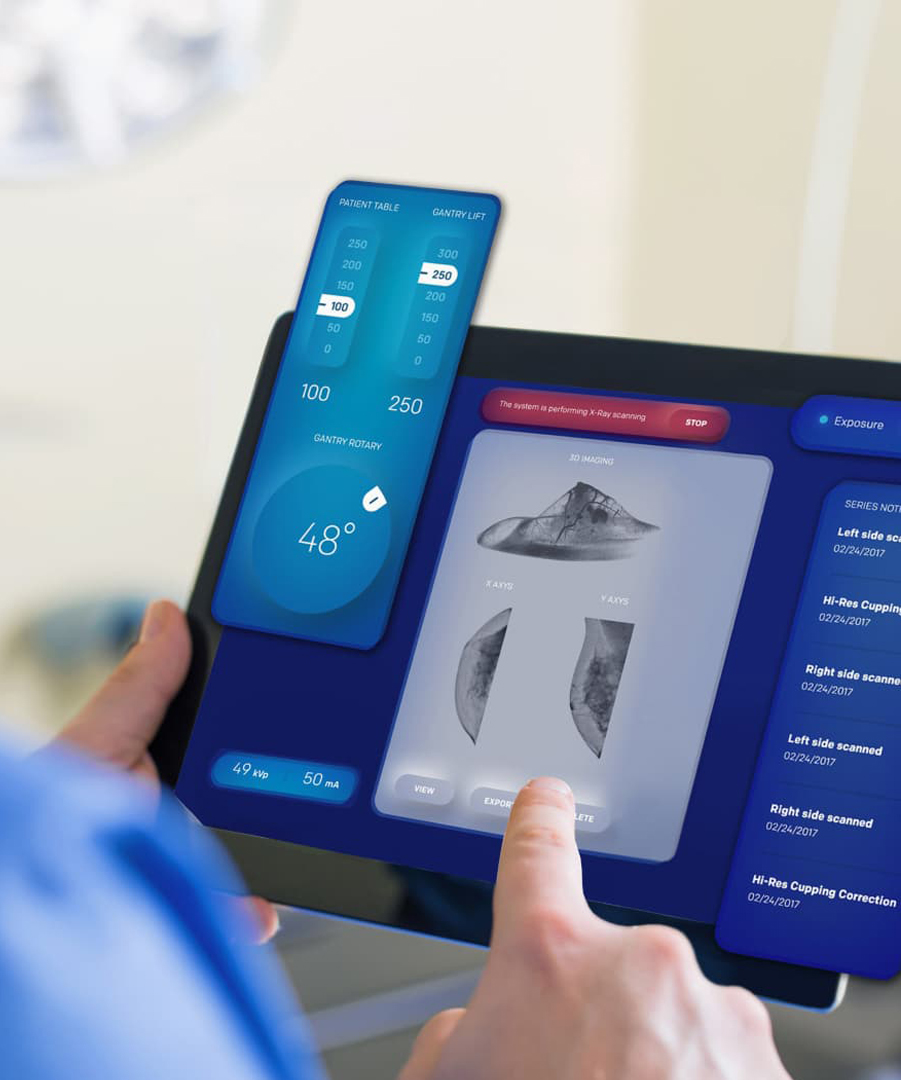


消防车 消防车是应对火灾和应急救援任务的核心装备,其性能和可靠性直接影响灭火效率和人员安全。豪沃作为中国商用车领域的领先品牌,凭借其卓越的动力性、稳定性和专业的设计,在石化厂、机场、工业园区等高危环境中得到了广泛的应用。本文系统分析了豪沃泡沫消防车的结构设计,并结合其在消防领域的实际经验,对豪沃泡沫消防车的结构设计进行了深入分析。 豪沃泡沫消防车 帮助用户深入了解其技术特点和功能优势。
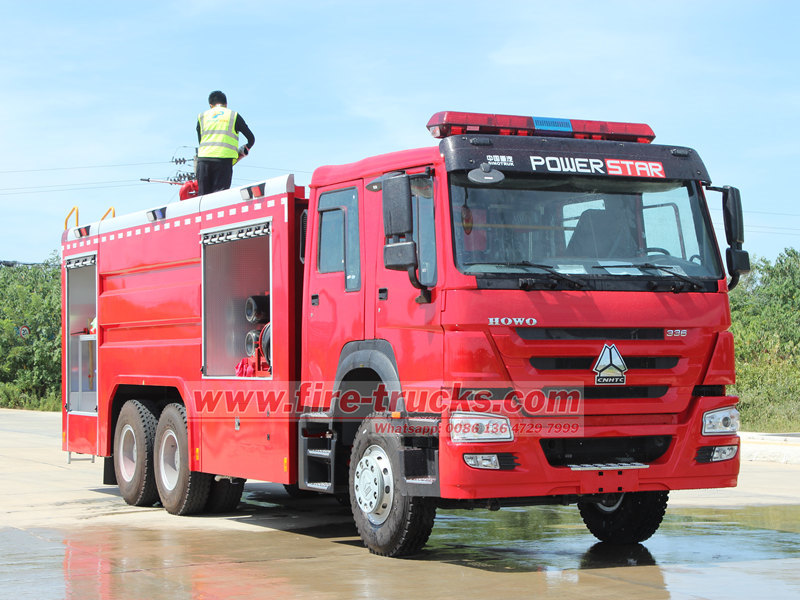
1. HOWO泡沫消防车概述
豪沃泡沫消防车采用豪沃专用底盘改装,集水罐、泡沫罐、消防泵、智能配料系统、管路、消防设备于一体,集水、泡沫灭火功能于一体。该系列消防车按照国家消防装备标准设计,尤其适用于扑灭石油、化学品等易燃液体火灾,同时也能满足一般固体物质火灾的救援需求。
2. HOWO泡沫消防车主要结构
HOWO泡沫消防车主要由底盘和上车两部分组成,底盘提供车辆的行驶动力,上车承担灭火功能。
(1)底盘
豪沃底盘以其卓越的动力性、稳定性和可靠性而著称。该消防车通常采用搭载大功率柴油发动机的豪沃底盘,以满足紧急情况下的快速部署需求。此外,豪沃底盘拥有强大的越野能力,确保消防车在各种复杂路况下都能快速抵达现场。
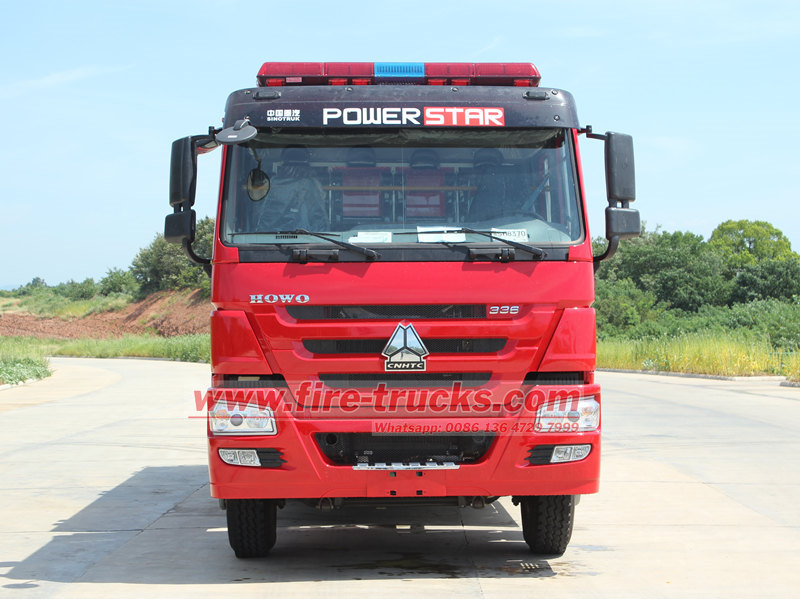
(2)上部结构
上车是HOWO泡沫消防车的核心,主要由水箱、泡沫罐、消防泵、泡沫比例混合系统、管路系统以及各种消防设备组成。
• 水箱和泡沫罐
水箱和泡沫罐是储存灭火剂的关键部件。水箱通常位于消防车后部,由高强度钢板制成,容量可根据实际需求定制。泡沫罐位于水箱前方或上方,也采用高强度材料制成,用于储存泡沫浓缩液。两个罐体均配有液位计和排液口,方便操作员监控液位并进行维护。
• 消防泵
消防泵是消防系统的核心部件之一
豪沃泡沫消防车
负责将水和泡沫浓缩液加压后输送至消防水炮或水带。该泵通常采用离心式或往复式结构,具有流量大、压力高、性能稳定等特点。为满足不同的消防需求,消防泵提供多种档位选择,调节流量和压力输出。
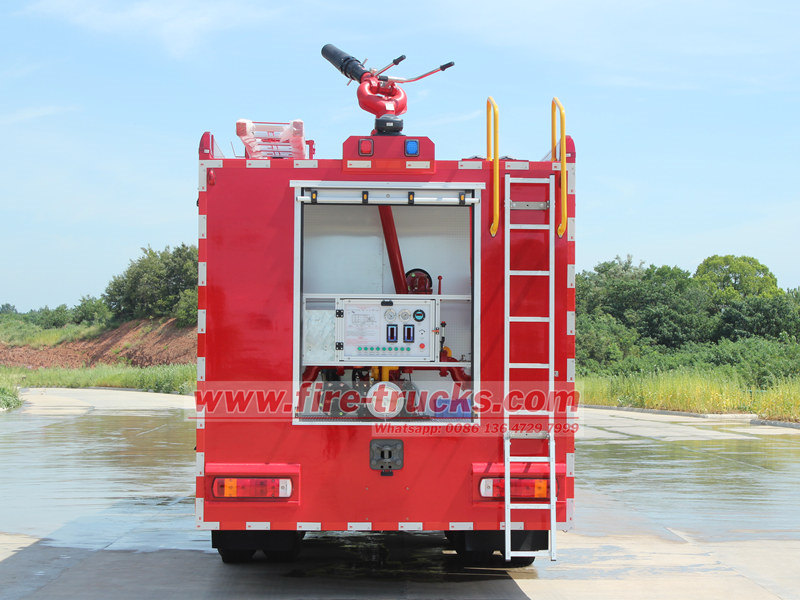
• 泡沫比例混合系统
泡沫比例混合系统是实现泡沫灭火的关键部件。它精确控制水与泡沫浓缩液的比例,确保最佳的灭火效果。该系统通常采用文丘里管或机械比例混合器,以其精确、简便和可靠而闻名。
• 管道系统
管道系统连接消防泵、水箱、泡沫罐和消防设备,将水和泡沫浓缩液输送至火灾现场。该系统由高强度钢管或软管制成,具有优异的耐压和耐腐蚀性能。它还包含各种阀门和配件,方便操作员根据需要连接和切换配置。
• 消防设备
消防设备,包括炮管和水带,是灭火的直接工具。炮管通常安装在消防车的车顶或后部,具有远距离和大容量喷射的特点,适用于扑灭大规模火灾。水带位于消防车的侧面或后部,可灵活配置,使操作员能够从不同位置灭火。
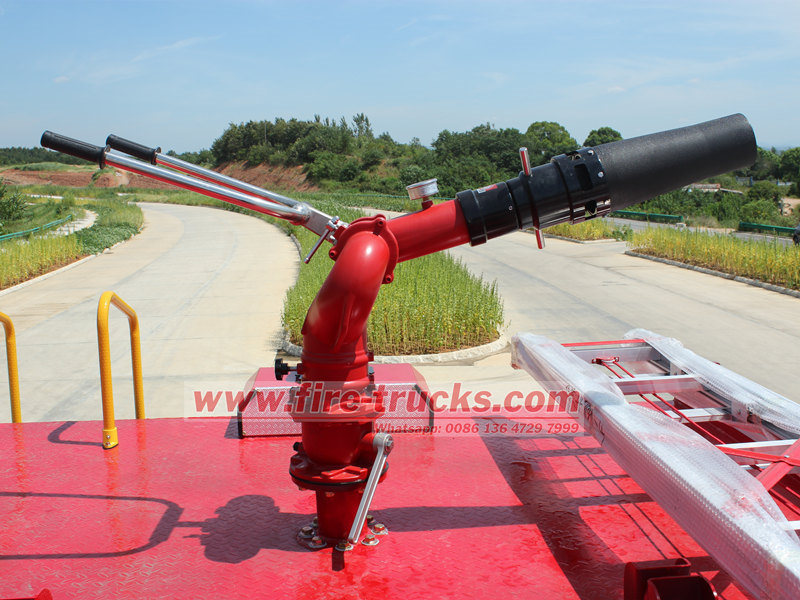
三、豪沃泡沫罐消防车性能优势
(1)高效率:
HOWO泡沫消防车配备先进的泡沫比例混合系统和灭火设备,可以快速有效地扑灭各种类型的火灾,特别是油类火灾等易燃液体火灾。
(2)稳定性和可靠性:
HOWO底盘以其卓越的动力性和稳定性提供了坚实的支撑,而采用高强度材料和先进制造工艺的上部结构则确保了即使在恶劣环境下也能可靠运行。
(3)用户友好操作:
控制系统设计直观,方便操作员快速熟悉其功能。此外,该卡车还配备了先进的驾驶和消防辅助装置,以提高效率。
(4)易于维护:
每个部件均设计有易于维护的维护口和检查空间,简化了日常维护。该卡车还配备了完善的故障诊断系统和报警装置,可及时发现并解决问题。
四、HOWO泡沫消防车应用场景
HOWO泡沫消防车以其高效、可靠、操作简便、维护方便等特点,广泛应用于多个领域,包括:
(1)化工厂:
这些设施内含有大量易燃易爆物品,消防至关重要。泡沫消防车可以快速扑灭火灾,保护生命和财产安全。
(2)油库:
油库作为大量易燃液体的储存场所,对消防安全要求极高。泡沫消防车为油库火灾提供专业的灭火能力,确保安全。
(3)机场:
作为高流量的交通枢纽,机场需要一流的消防安全保障。泡沫消防车能够快速响应并有效灭火,确保运营连续性和乘客安全。
泡沫消防车作为一种高效、稳定、可靠的消防装备,在各个领域发挥着至关重要的作用。通过对其结构进行深入分析,我们能够更深入地了解其性能特点和优势。相信在未来,
HOWO泡沫消防车
将继续为维护人民生命财产安全作出不可或缺的贡献。
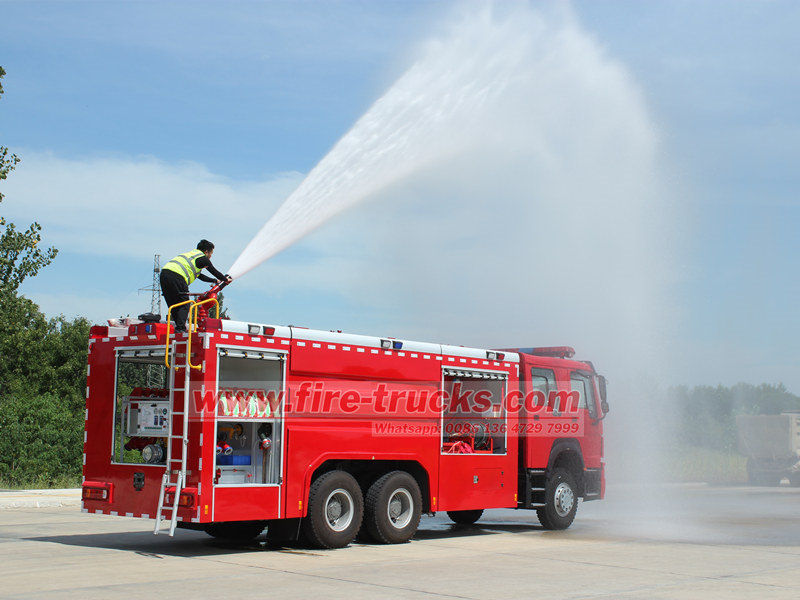
您可能对以下信息感兴趣